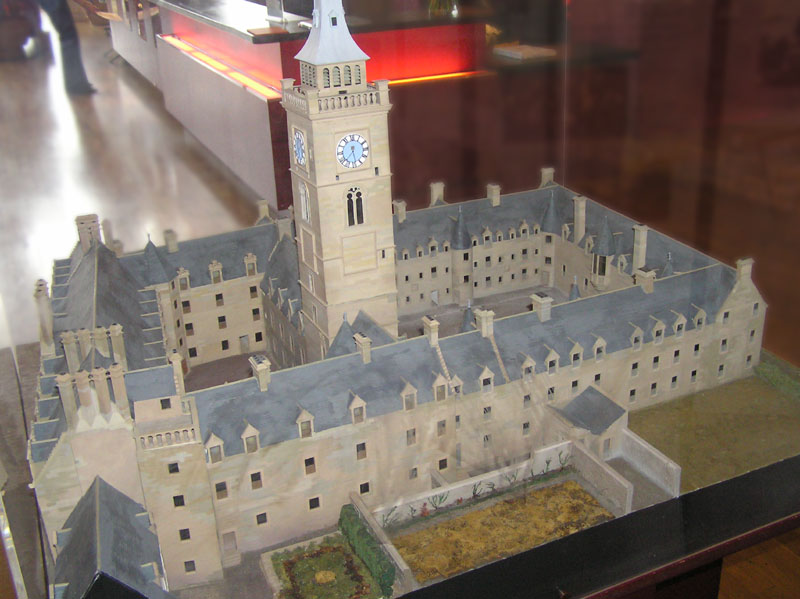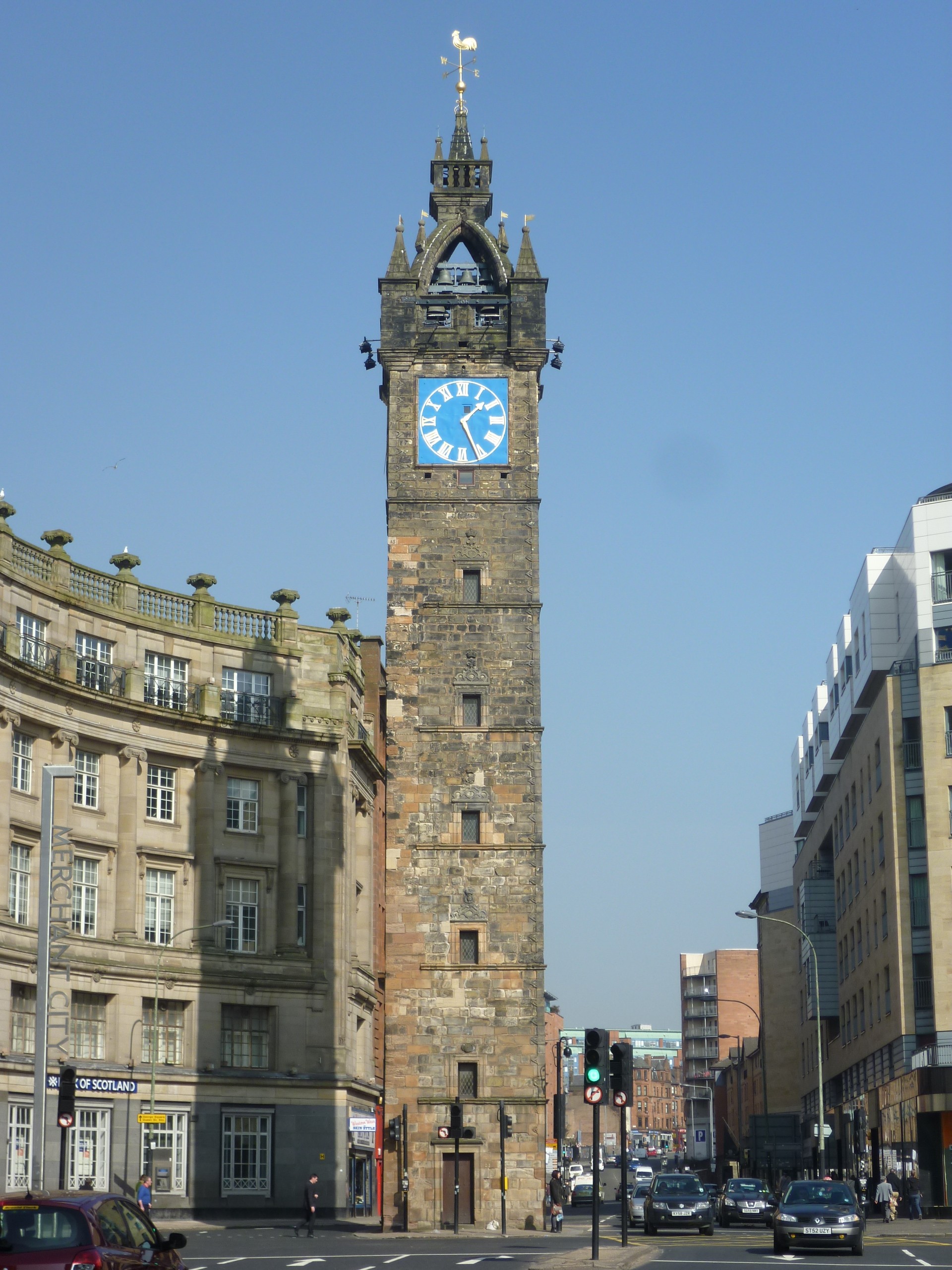High Street, Glasgow on:
[Wikipedia]
[Google]
[Amazon]
High Street is the oldest, and one of the most historically significant,
 In 1246 the
In 1246 the  When the
When the Glasgow’s oldest street will be desecrated, its built heritage disfigured
The Guardian, 10 March 2018
street
A street is a public thoroughfare in a built environment. It is a public parcel of land adjoining buildings in an urban context, on which people may freely assemble, interact, and move about. A street can be as simple as a level patch of di ...
s in Glasgow
Glasgow ( ; sco, Glesca or ; gd, Glaschu ) is the most populous city in Scotland and the fourth-most populous city in the United Kingdom, as well as being the 27th largest city by population in Europe. In 2020, it had an estimated popu ...
, Scotland. Originally the city's main street in medieval times, it formed a direct north–south artery between the Cathedral of St. Mungo (later Glasgow Cathedral) in the north, to Glasgow Cross
Glasgow Cross is at the hub of the ancient royal burgh and now city of Glasgow, Scotland, close to its first crossing over the River Clyde. As a major junction in the city centre, its five streets run: north up the High Street to Glasgow Cathed ...
and the banks of the River Clyde
The River Clyde ( gd, Abhainn Chluaidh, , sco, Clyde Watter, or ) is a river that flows into the Firth of Clyde in Scotland. It is the ninth-longest river in the United Kingdom, and the third-longest in Scotland. It runs through the major cit ...
. The High Street now stops at Glasgow Cross, with the southern continuation being the Saltmarket.
History
 In 1246 the
In 1246 the Dominican Order
The Order of Preachers ( la, Ordo Praedicatorum) abbreviated OP, also known as the Dominicans, is a Catholic mendicant order of Pontifical Right for men founded in Toulouse, France, by the Spanish priest, saint and mystic Dominic of ...
established a monastery on the east side of the street, hence the existence of Blackfriars' Street. From 1460 to 1870, the original buildings of the University of Glasgow
, image = UofG Coat of Arms.png
, image_size = 150px
, caption = Coat of arms
Flag
, latin_name = Universitas Glasguensis
, motto = la, Via, Veritas, Vita
, ...
were located at the junction of High Street and Duke Street, before moving to Hillhead
Hillhead ( sco, Hullheid, gd, Ceann a' Chnuic) is an area of Glasgow, Scotland. Situated north of Kelvingrove Park and to the south of the River Kelvin, Hillhead is at the heart of Glasgow's fashionable West End, with Byres Road forming th ...
in the West End. The site was then turned into the College Goods yard by the City of Glasgow Union Railway
The City of Glasgow Union Railway - City Union Line, also known as the ''Tron Line'', was a railway company founded in Glasgow, Scotland, in 1864 to build a line connecting the railway systems north and south of the River Clyde, and to build a ce ...
, before it was closed in 1968 in the wake of the Beeching Axe
The Beeching cuts (also Beeching Axe) was a plan to increase the efficiency of the nationalised railway system in Great Britain. The plan was outlined in two reports: ''The Reshaping of British Railways'' (1963) and ''The Development of the ...
. The derelict wall of the goods warehouse still faces onto this section of Duke Street as it was incorporated into the Collegelands development.
Industrial Revolution
The Industrial Revolution was the transition to new manufacturing processes in Great Britain, continental Europe, and the United States, that occurred during the period from around 1760 to about 1820–1840. This transition included going f ...
in Victorian times triggered the massive growth in Glasgow's size, the importance of High Street diminished as the administrative functions of the city moved westward into what is now known as the Merchant City
The Merchant City, a new name introduced through urban renewal by the Scottish Development Agency and the city council in the 1980s is one part of the metropolitan central area of Glasgow. It commences at George Square and goes eastwards reachin ...
area, whilst the medieval part of the city was left behind. The original City Chambers at the foot of High Street was closed and moved to the present building which stands overlooking George Square
George Square ( gd, Ceàrnag Sheòrais) is the principal civic square in the city of Glasgow, Scotland. It is one of six squares in the city centre, the others being Cathedral Square, St Andrew's Square, St Enoch Square, Royal Exchange ...
in the late 19th century.
As the 20th century progressed, many areas of High Street fell into dereliction. However, in the early 21st century, the fortunes of High Street have enjoyed a renaissance with Glasgow's growing economy. Some developers have created upmarket apartment buildings and there are plans to develop empty sites into new student residences for the adjacent University of Strathclyde
The University of Strathclyde ( gd, Oilthigh Shrath Chluaidh) is a public research university located in Glasgow, Scotland. Founded in 1796 as the Andersonian Institute, it is Glasgow's second-oldest university, having received its royal chart ...
.The Guardian, 10 March 2018
Transport
High Street railway station is located on High Street, on theNorth Clyde Line
The North Clyde Line (defined by Network Rail as the ''Glasgow North Electric Suburban'' line) is a suburban railway in West Central Scotland. The route is operated by ScotRail Trains. As a result of the incorporation of the Airdrie–Bathga ...
. The lands around the station have been developed into a hotel, and another scheme called ''Seventeen Acres'' is awaiting funding. The railway station itself will be substantially remodelled if the Glasgow Crossrail
Crossrail Glasgow (formerly known as Glasgow Crossrail) is a proposed railway development in Central Scotland to connect the stations Glasgow Central and Queen Street. It has been estimated at a cost of £200 million.
Since the 1970s, it has ...
scheme is approved by the Scottish Government.
References
External links
Streets in Glasgow History of Glasgow {{Glasgow-geo-stub